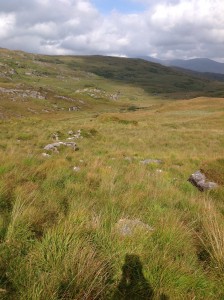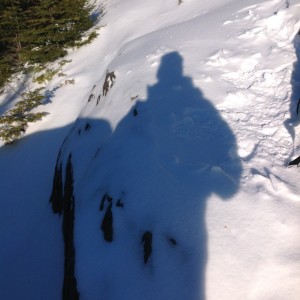Okay, cheap the title may be. But spring begins in the mind, takes hold as attitude, enabled, of course, by the rising light.
During the past few days, the temperature hasn’t reached thirty, and much of the time, its cold nose has found a way through any opening. Still, the first forsythia have bloomed. Yes, these yellow sprays are really forced-sythia, a rite of spring learned from my father, and one that in many years (last, for example) has had me hip deep in snow, cutting sprigs with my clippers.
This year, I strolled right up to the wiry branches and took my time choosing those that showed a good number of buds. Then, I set them in a vase of warm water, and along with the rest of the watching world, began to wait. Even in their spare winter form, the branches are handsome, describing curves in the air, reaching for what’s next.
And in their incremental, daily swelling, the buds offer reminder of rebirth. This year, the light joins them; it falls in streaks across the dun colors and lifts the heads of a few winter-flattened ferns in pockets of woods. The glare of reflected, eye-squinting white is absent – last winter was so bright, I had often had to look away. And, by this time in March last year, many of us were trying also to get away.
But here, gift of El Nino, or warning from climate, or simply, gift, comes spring and its varied arrivals. For me true spring will arrive with the scratchy song of the redwing blackbirds, as they celebrate every wetland, little and large, with announcement.
But, for now, I’ll take these little, yellow blossoms. Sure I am with me the force-sythia is.





